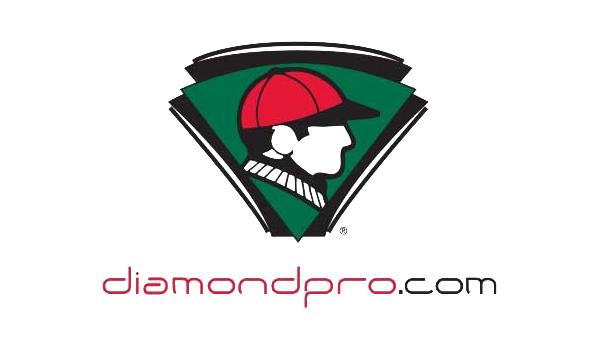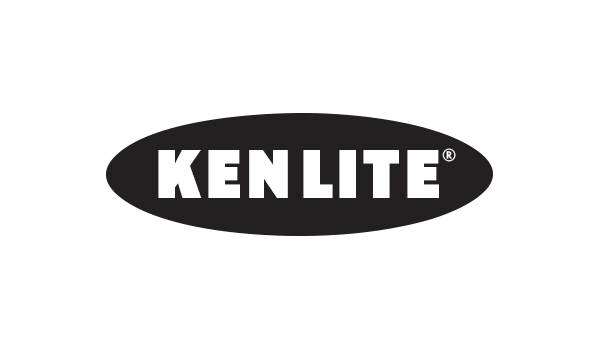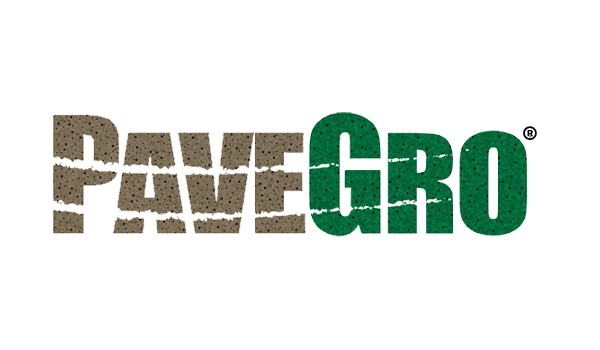FAQs: Asphalt Surface Treatments
With over 21 years in the lightweight aggregate industry—15 of those specializing in highway and asphalt products—Barrett Reese has extensive experience with TXDOT highway construction and maintenance projects. As a member of the TXDOT Seal Coat Task Force, AGC Seal Coat Committee, and TXAPA, Barrett answers some of the most frequently asked questions about using lightweight aggregate in asphalt applications.
Ask Our Expert: Barrett Reese, Lightweight Asphalt Applications
How much lightweight do I need, compared to traditional aggregate?
ANSWER: Let’s use a mile road that’s 24’ wide as an example… That’s 14,080 square yards of area to cover. Using a TXDOT Grade 4 (1/2”) aggregate at a 1 cy/110 sy rate, that’s 128 cubic yards of aggregate. Lightweight aggregate can deliver that in 4 truckloads.
Traditional aggregates are sold in tons, so for 128 cubic yards you’ll need roughly 170 tons, or 7 truckloads, to cover the same area. If you’re looking at pounds per cubic yard, traditional aggregate requires around 27 pounds, while lightweight is about 14 or 15 pounds. Many order less lightweight because it binds well with asphalt, leading to less rock loss.
What’s the difference between grade three, grade four, and grade five?
ANSWER: These are Texas DOT designations for size. Grade three is the largest size we use in Texas for seal coats, which is a 5/8 inch aggregate.
Grade four is about 1/2 inch and is the most popular size in Texas. Grade five, a smaller 3/8 size, is used on shoulders, low-volume roads, and areas where cyclists or skateboarders are more likely, as it’s smoother for low-speed areas.
Why is grade four the most popular?
ANSWER: Grade four strikes a balance between being quiet and allowing a thick layer of asphalt. It holds up under high-volume, high-speed traffic without excessive noise.
So why do I need a pre-coated aggregate?
ANSWER: Pre-coated aggregate is used for hot asphalt cement applications. We use two types of asphalt for seal coats: hot asphalt cement (AC) and emulsions.
Emulsions are shot at around 175°F, while hot AC is applied at 300°F to 350°F. Pre-coating removes dust, which can interfere with adhesion, especially with hot AC. The pre-coat helps the aggregate bond with the asphalt by melting into the hot liquid.
What asphalt rates should I use for each grade of aggregate?
ANSWER: Seal coat application is more of an art than a science, so it’s essential to adjust as needed. Basic guidelines include:
- Grade 3: 0.45-0.55 gal/sy
- Grade 4: 0.35-0.45 gal/sy
- Grade 5: 0.25-0.35 gal/sy
Consider factors like temperature, base pavement conditions, and terrain to adjust your application for the best results.
What’s the difference between SAC A and SAC B?
ANSWER: Lightweight aggregate is classified as SAC A in Texas. SAC stands for “surface aggregate classification,” with SAC A being the highest quality, meeting strict requirements for skid resistance, acid insolubility, and durability.
SAC B is one level down and doesn’t fully meet the acid insolubility standards of SAC A. All surface treatment aggregates in Texas must be SAC A or SAC B.
Anything else about asphalt you think would be interesting?
ANSWER: A major reason for using lightweight aggregate in chip seal is skid resistance. We have the highest skid numbers in Texas, providing better grip in wet conditions.
Unlike natural stone, our aggregate becomes more abrasive with wear, rather than polishing and becoming slick. It’s also safer for high-speed jobs, as it’s less likely to chip windshields and is highly absorbent, meaning less loss during application.
Ultimately, is it cost-effective?
ANSWER: Absolutely. Lightweight aggregate weighs half as much as natural stone, meaning fewer trucks are needed, saving on transportation costs. Additionally, less rock is lost over time, extending road life.
Our lightweight seal coats have lasted 20-25 years on some county and FM roads without resurfacing. Plus, all products are TxDOT-approved and graded, providing reliability and performance you might not find elsewhere.












